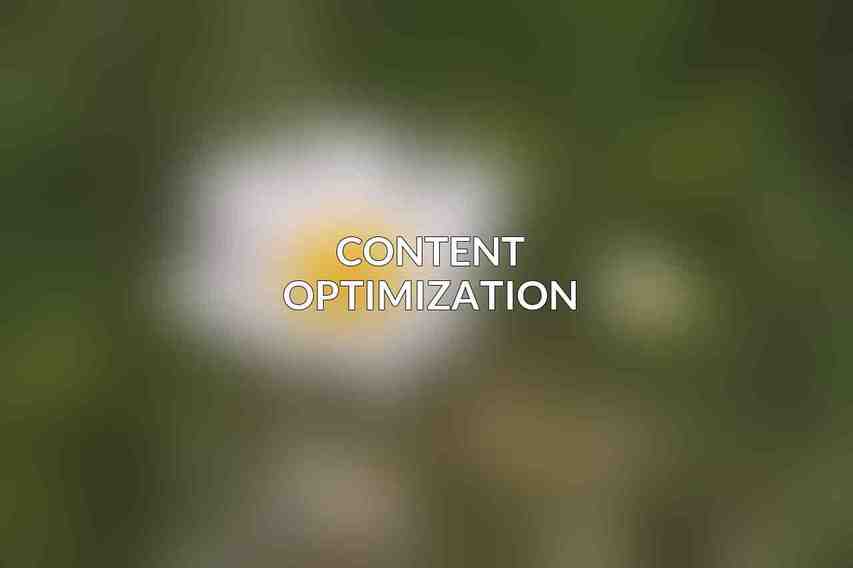A. Website Structure and NavigationImplementing a clean and logical URL structure is essential for both user experience and search engine optimization. Using descriptive and keyword-rich category and product names can significantly enhance the visibility of your Shopify store. Creating an XML sitemap is crucial for search engines to easily index your website. Ensuring a fast-loading website, ideally under 3 seconds, is vital for reducing bounce rates and improving rankings. Remember to regularly fix any broken links or 404 errors to maintain a seamless user experience.
| Action Item | Description |
|---|---|
| Implement clean URL structure | Improve user experience and SEO visibility. |
| Use keyword-rich category names | Enhance search engine visibility for product categories. |
| Create XML sitemap | Facilitate search engine crawling and indexing. |
| Ensure fast-loading website | Improve user experience and reduce bounce rates. |
| Fix broken links and 404 errors | Maintain a seamless user experience and SEO performance. |
B. On-Page OptimizationOptimizing page titles with relevant keywords under 60 characters is crucial for improving click-through rates. Writing unique and keyword-rich meta descriptions under 160 characters can boost your website’s visibility in search results. Including target keywords in headings (H1, H2, H3) signals the relevance of your content. Using keyword-rich anchor text for internal linking enhances the interconnectedness of your website. Don’t forget to optimize images with descriptive alt tags and titles for SEO benefits.
C. Security and AccessibilityImplementing an SSL certificate is a fundamental step towards ensuring website security, which is also a ranking factor for search engines. With the increasing use of mobile devices, making your website mobile-friendly is imperative for both SEO and user experience. Moreover, ensuring website accessibility for individuals with disabilities not only widens your potential audience but also aligns with ethical standards.
D. Data Structure and MarkupImplementing structured data using Schema.org markup helps search engines understand your content better, resulting in more informative search results. Additionally, utilizing Open Graph tags enhances how your content appears when shared on social media platforms.
Content Optimization

A. Product PagesCompelling and informative product descriptions can significantly influence purchasing decisions. High-quality and relevant product images can enhance the visual appeal of your products. Including customer reviews and testimonials can build trust with potential customers. Targeting specific keywords for each product page helps improve visibility in search engine results.
B. Category PagesCreating comprehensive category pages with relevant content provides users with a seamless browsing experience. Using descriptive and keyword-rich category titles can improve the categorization of products on your Shopify store. Including filtering and sorting options makes it easier for users to find what they are looking for efficiently.
C. Blog ContentCreating valuable and keyword-optimized blog posts can drive organic traffic to your Shopify store. Using relevant keywords in headings, subheadings, and content helps search engines understand the context of your blog posts. Promoting blog content on social media and other channels can increase visibility and engagement with your audience.
Stay tuned for upcoming sections on link building, keyword research, local SEO, and monitoring and analytics to further enhance the SEO performance of your Shopify store.
Frequently Asked Questions
What is the importance of SEO for Shopify websites?
SEO is important for Shopify websites as it helps in improving visibility in search engines, driving organic traffic, and increasing sales.
How can I optimize product pages for better SEO on Shopify?
To optimize product pages, make sure to include relevant keywords in the title, description, and alt tags of images, improve page load speed, and create unique and descriptive product descriptions.
Does Shopify offer SEO tools or features?
Yes, Shopify offers built-in SEO features like customizable meta tags, alt text for images, mobile-friendly themes, and sitemap generation to help improve rankings on search engine results.
What are some off-page SEO strategies I can implement for my Shopify website?
Off-page SEO strategies for Shopify include building high-quality backlinks from authoritative websites, engaging in social media marketing, and creating valuable content that attracts natural links and shares.
How often should I review and update my SEO strategy for my Shopify website?

It is recommended to review and update your SEO strategy for your Shopify website regularly, at least every quarter, to adapt to changes in search engine algorithms, competition, and customer behavior.

